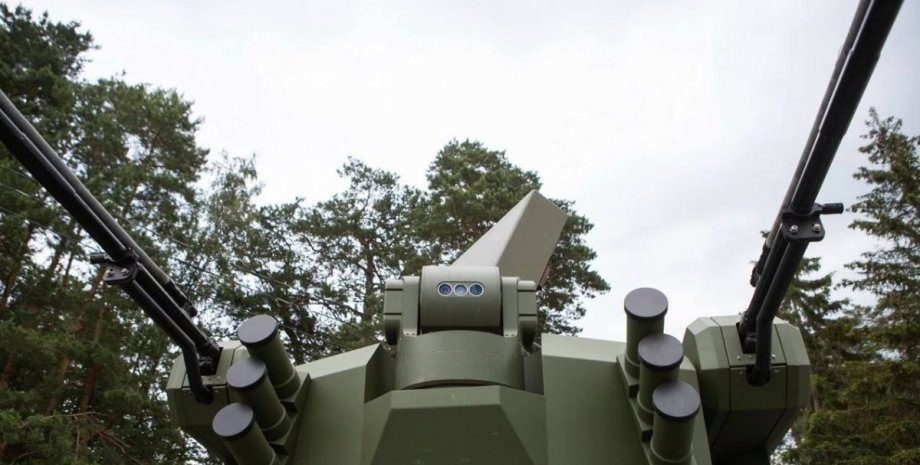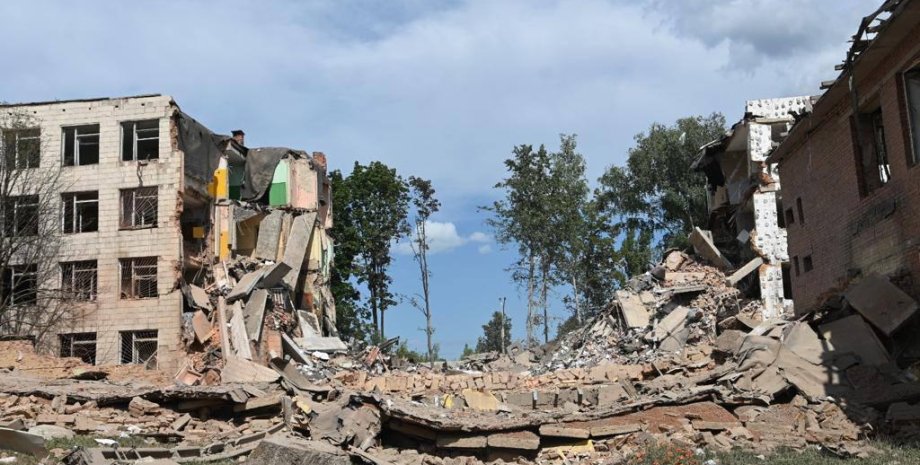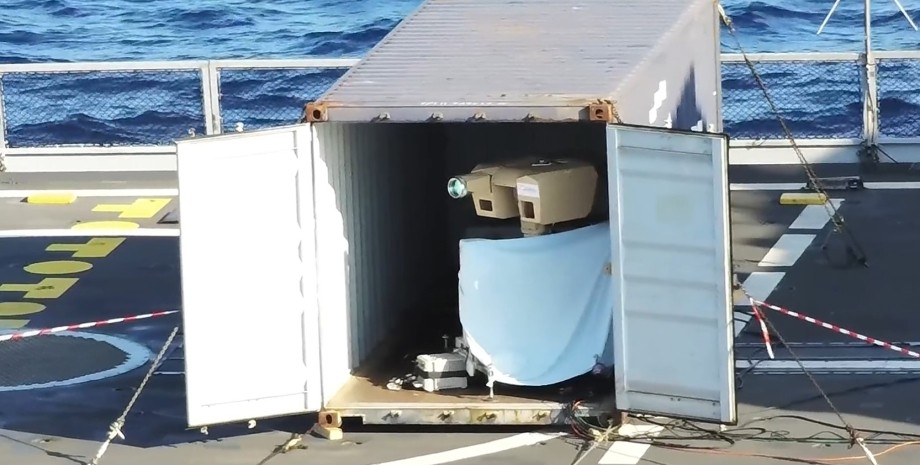
 By Victor Duda
By Victor Duda
And although there is no accurate data, it is obvious that Palestinians have punched the air defense of Israel. The reasons for failures in the work of one of the most effective air defense systems in the world are referred to in Defense One. According to the data, the group has released several thousand rockets on a number of goals in the territory of Israel - some of them have reached a goal, which led to destruction and casualties.
Space Defense Specialist Yen Boyd notes that the cause of the Iron Dome breakthrough lies in numbers. But first the expert briefly explained how these air defense tools work. The air defense system consists of three key components. First, these are radars for identifying, identifying and tracking the flying missiles. The range of these radars is different. According to Raytheon, the radar of the Iron Dome operates at a distance of 4 to 70 km.
After detecting the target in terms of speed and direction of the object, the degree of threat is determined. If it is confirmed that the object is a threat, the "iron dome" operators continue its radar. In case of confirmation of the threat to the protection system, there is no more than one minute to respond to the attack. The second important element of the air defense system is the center of combat management. This component determines how to act in the event of a confirmed threat.
On the basis of constantly updated radar information, it determines the optimal response: from where and how many rockets of interceptors release on the flying missiles. The third important component is the interceptor rocket itself. For the Iron Dome, it is a supersonic rocket with thermal detection sensors. These flight sensors transmit information to the interceptor, giving him a threat and approaching it.
The interceptor uses a near -action detonator that activates a small radar that explodes in the immediate vicinity of the approaching rocket, so there is no direct hit to fail. There are at least 10 iron dome batteries in Israel, each contains from 60 to 80 rockets. During the previous attacks using fewer missiles and iron dome shells, it was 90% effective against a number of threats.
However, this time Hamas released several thousand rockets, and in Israel there were less than a thousand interceptors ready to resist them. "Even if the Iron Dome was 100% effective against the threats that come, a very large number of Hamas missiles would mean that some of them will still go away," Boyd emphasized. Hamas attacks clearly demonstrate that even the best air defense systems can be overloaded if their number of threats exceed the number of those they should withstand.
Thus, the Palestinian attack has clearly demonstrated the example of military asymmetry, when inexpensive and numerous means of lesions overcome the more expensive and high -tech system. The expert came to the conclusion that Hamas's attack demonstrates the need to create air defense systems that would be much more effective in two important parameters. The first is that they should have a deeper arsenal of defense agents that can reflect a very large number of rocket threats.
The second is to significantly reduce the cost of one defense agent. "In this regard, it is likely that the development and deployment of aircraft of directional energy based on high -energy lasers and powerful microwaves will be accelerated," the expert summed up. Recall that the Israeli Defense Army is preparing to carry out a land surgery in the Gaza Sector, but while training is ongoing, the Israeli military plan to put into operation the air defense system and the "light shield".










All rights reserved IN-Ukraine.info - 2022